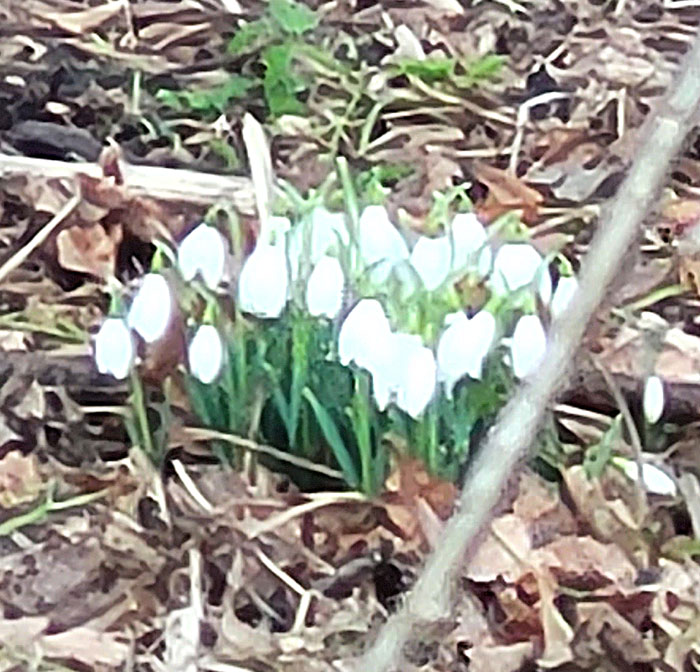
Better not speak too soon, but these snowdrops are doing well. You’ll find many more along by the Green Ring route soon. We’ve had quite a mild January and several sunny days already.
Thanks MN
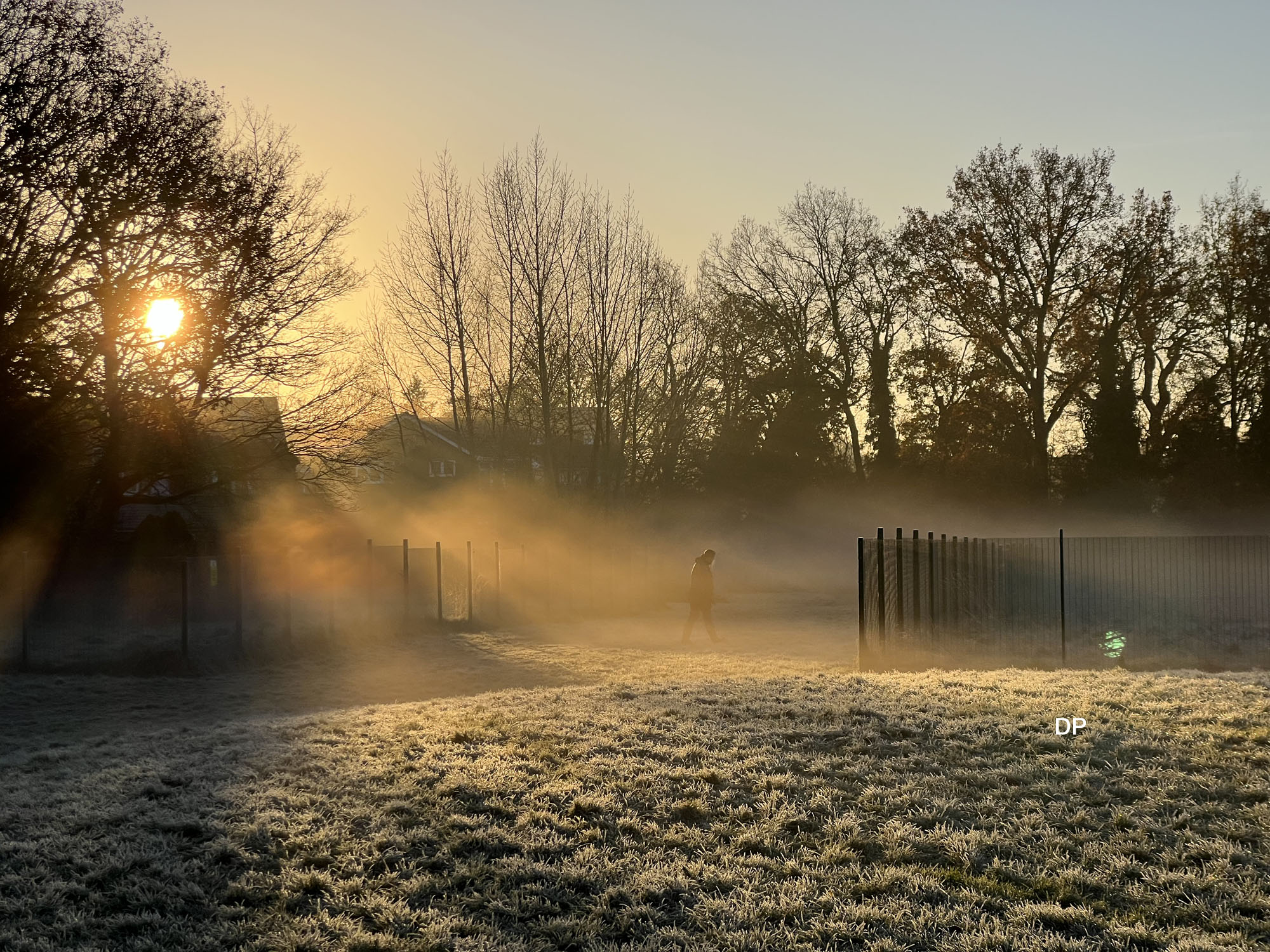
including Beech Bottom Dyke and Sandridge Road Wastes

Better not speak too soon, but these snowdrops are doing well. You’ll find many more along by the Green Ring route soon. We’ve had quite a mild January and several sunny days already.
Thanks MN
Earlier this year Heath Field gained another piece of furniture; a bench seat in memory of Marian Wright. This has been installed beside the cycle path, filling a space where two trees had successively succumbed to vandalism.
Being made from quite substantial oak timbers the seat should be immune to damage, but instead, a potential hazard was noted, to small children in particular. The two attachment bolts for the backrest, see below were over-long and stuck out where a child’s head or face could have made contact, with unpleasant results. The seat should not have left the factory in that state.
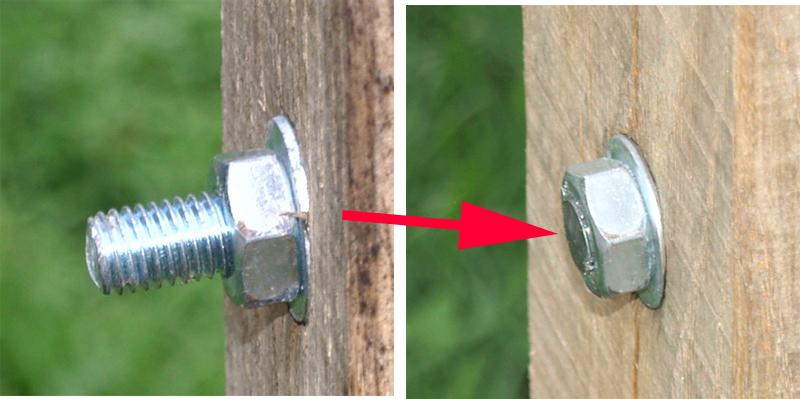
We pointed the possible danger out to SADC Green Spaces, but as nothing had been done the FoBH fixer was deployed, with the improvement that can be seen in the photos.
A similar seat on the other side of Harpenden Road has bolts concealed in the wood.
Photos and text: RM
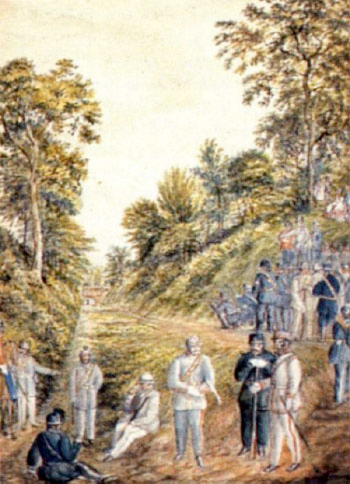
Beech Bottom Dyke is a striking mile long Iron Age earthwork, linked to Shakespeare’s King Cymbeline, and set in an ancient area of commons called “Bernards Heath”. It is unpublicised and lacks interpretation – except for this guided walk.
This walk forms one of St Albans Heritage Open Days events and will take place on Sunday, 9th September 2018. More details can be found here
The local 19th century water colourist Henry Buckingham depicted this scene at Beech Bottom Dyke in 1859 when rifle training was given. At that time there was a threat of a possible invasion from France.
(by kind permission of St Albans Museum).
The Dyke is St Albans’ least known heritage asset. It is a huge Scheduled Ancient Monument running round the north of the city. Rendezvous at St Saviour’s Church Hall (Sandpit Lane, St Albans, AL1 4DF) at 2.00pm for a short talk followed by a guided circular walk across Bernards Heath, along the Dyke and back to the church hall for refreshments (to be paid for).
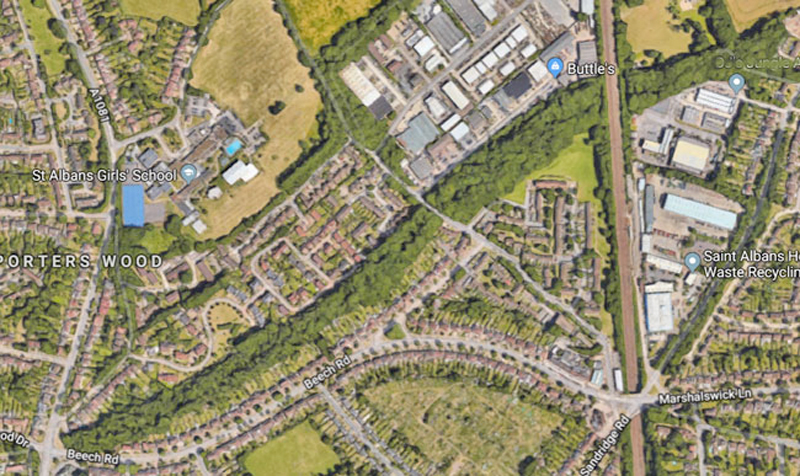
We will interpret the setting of the Dyke and explain what is known about it, including its roles in the Wars of the Roses and defending us against the French in the 19th century. Literature and local experts will be on hand on the walk and in the church hall. Free parking is available at or near the church hall. Stout footwear is recommended. Dogs on leads welcome. The Dyke itself is not wheel-chair or buggy accessible. A reasonable level of fitness is needed to walk along the Dyke. The event will end by 5.00pm.
Please note that the the joining instructions below are the right ones and supersede those in the Friends of Bernards Heath newsletter.
Whole event up to three hours, walk approx. one hour.
Numbers are being requested to help the caterers and to ensure we do not exceed the capacity of the hall. Booking will be first come, first served.
Find out more by emailing admin@bernardsheath.org or call 07811 393694
There are no access restrictions for the Church Hall, but the Dyke itself can be rough under foot, especially after wet weather. The barriers there against motor cycles effectively prevent wheelchairs or buggies gaining access to the Dyke.
This sort of event is the only opportunity to enjoy interpretation of this Scheduled Ancient Monument.
Peter Burley
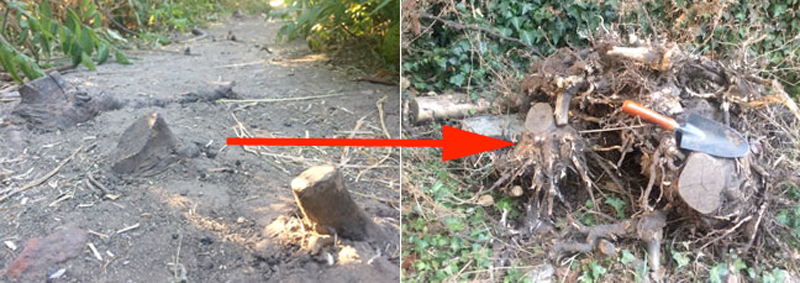
If you’ve walked along the narrow path between the Lower Field and the Heathlands School gate you’ll be aware of several short stumps which were a trip hazard. No more – we have now removed them.
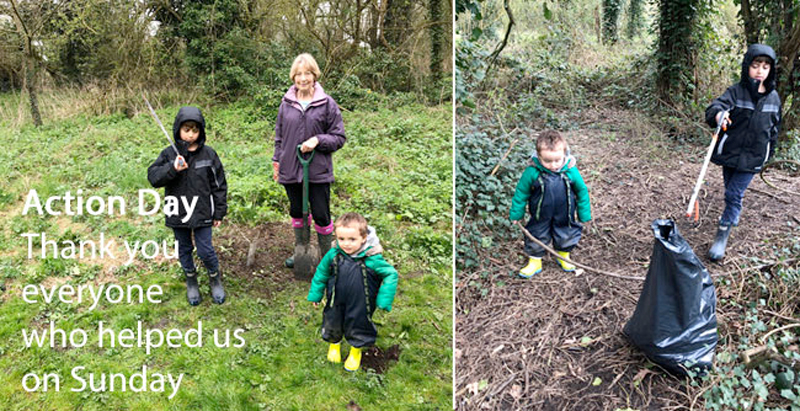

These attractive painted stones have appeared on the Heath. Can you find them?
Photos: MN
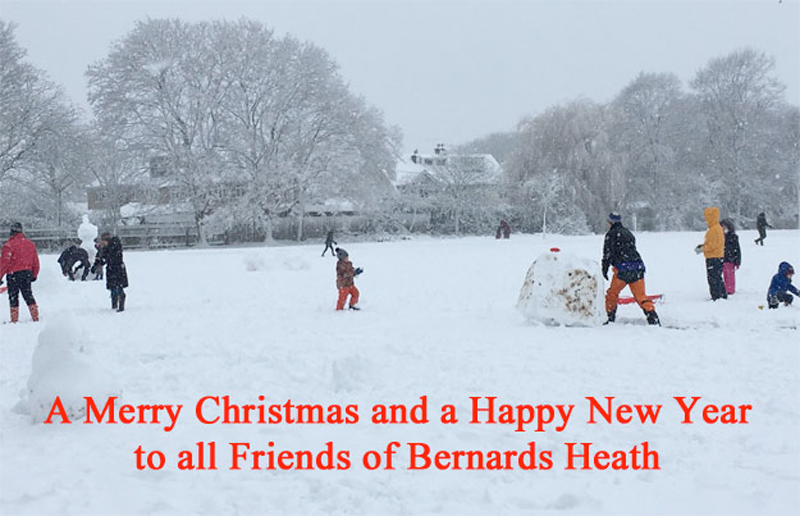
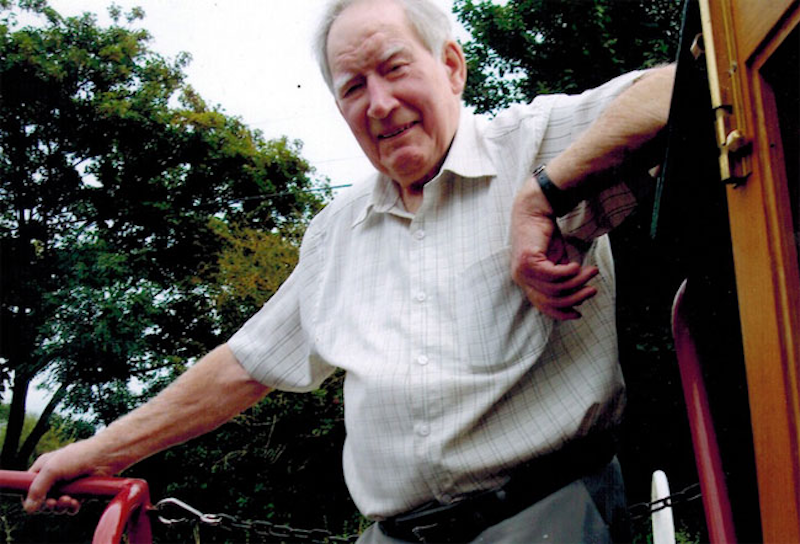
At the end of January Bernards Heath lost Peter Butcher, almost certainly its oldest resident. Ninety two years old, he had lived all his life in Upper Culver Road, bar military service at the end of WW II. At one time Butchers were to be found at several addresses in the streets to the east of the Heath. Their occupational speciality was well-sinking. After leaving the army Peter briefly tried the family business, then shoe-making, the Ariston suet factory on the Heath, finally settling for aircraft at de Havillands, Hatfield, for the rest of his working life.
Continue reading “In memory of Peter Butcher”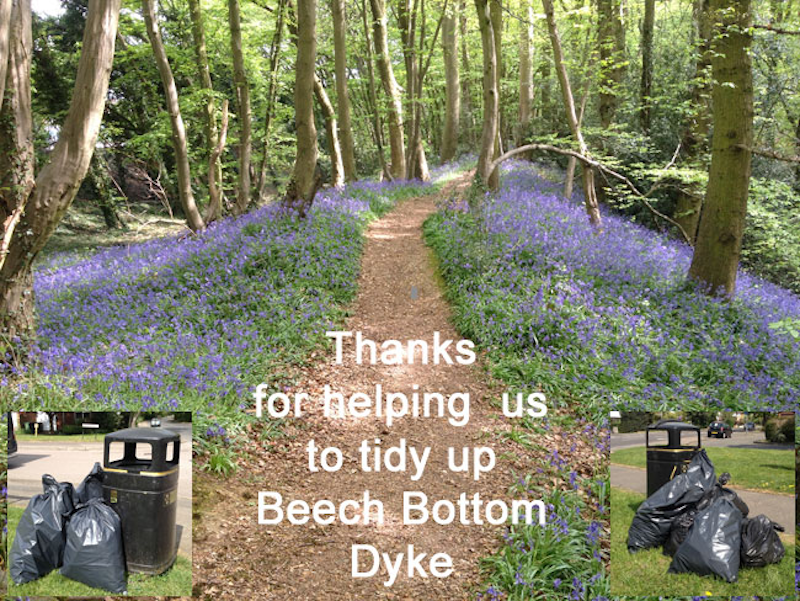
Sunny weather on Sunday 23 April may have helped us, for about a dozen people turned out to remove litter (see inset) and clear growth around the top of the Dyke. The bluebells made it a picture and their smell was wonderful, especially at the eastern end of the Dyke, near the railway. Only native bluebells smell so strongly. Well done everyone who helped.
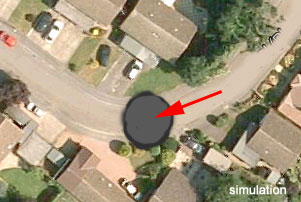
The news of a sinkhole in Fontmell Close, which appeared dramatically in the early hours of the 1st October 2015, rapidly hit the national media.
Not only were residents stranded in Fontmell Close and Bridle Close, but the event prompted a long sequence of investigations on the adjacent Bernards Heath and the construction of a relief road across the Lower Field.
The 12m hole has been partially filled with concrete and most services restored. You can read a press release by the Herts County Council, who hope to have the road through Fontmell Close open again by Christmas.
There is no news yet about the removal of the temporary road across the Lower Field.
There are more links to the sinkhole in our document archive.